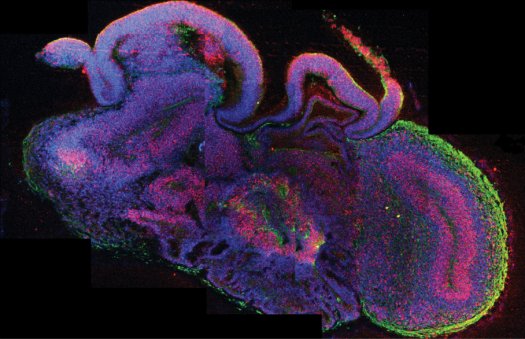Regenerative Medicine
| One of the most controversial, but promising areas of research that the science community is involved with is with stem cells. Discoveries continue to excite the scientific community as well as the general public. Here are seven such breakthroughs that we have seen so far. |
Stem cell research has been one of the most controversial forms of research that the science community is involved with. The discoveries continue to excite the scientific community as well as the general public, as the media follows this closely. Following are seven of the most promising developments in stem cell study thus far.
Cloning to Create Embryonic Stem Cells
Embryonic stem cells are the most preferred as they have the ability to change into any other type of cell in the human body. For years scientists were only able to retrieve these cells from human embryos, a process that was wrought with many technical and ethical setbacks. Oregon Health & Science University researchers developed a cloning technique that allows for the creation of cells in the embryonic stage. |
| Three-dimensional liver bud from human iPSC in vitro. Image Source - Yokohama City University |
Lab-Grown Liver Tissue
As a step forward in overcoming donor organ shortages, scientists at the Yokohama City University Graduate School of Medicine were able to grow tissue from induced pluripotent stem cells. This tissue began to develop like a functional liver would, offering a promising look into the ability to create lab-produced tissue for restoring organs damaged by injury and disease.Stem-Like Cells Offer Potential for Targeting Breast Cancer
Scientists at the University of Kentucky Markey Cancer Center discovered that targeting Twist, an accelerant of the epithelial-mesenchymal transition of human cells may prove beneficial in treating triple negative breast cancer. This aggressive form of cancer has an enhanced EMT program, providing it with increased flexibility to adapt to stressful environments during wound healing and metastasis. Thus, the tumor cells have qualities similar to those of stem cells, making them resistant to various therapies with increased chance for early metastasis.Stem cell research has been one of the most controversial forms of research that the science community is involved with. |
| Related articles |
Stem Cells Grow Into a Beating Heart
Scientists have begun to develop methods for using stem cells to produce human heart tissue. As a groundbreaking development in the pursuit of lab-manufactured organs, this tissue is able to contract on its own. Researchers from the University of Pittsburgh, Pennsylvania generated induced pluripotent stem cells from human skin. The iPS cells were then created into precursor heart cells.Protein Synthesis Studied in Stem Cells
Researchers at UT Southwestern Medical Center discovered that protein synthesis can be studied in adult stem cells. Many believe cancers and degenerative diseases are related to mutations that offset this process. The discovery will help researchers better understand why changes in protein synthesis are linked to disease.Scientists Grow Mini-Brains
Scientists at the Institute of Molecular Biotechnology at the Austrian Academy of Sciences were able to produce their own brain tissue that developed into "cerebral organoids" after three weeks. The organoids showed continuous tissue around a fluid-filled cavity like that in a natural brain. More defined regions of the brain, including a cerebral cortex, continued to grow and after two-months fully developed mini-brains were produced.Stem Cell Nutrition
A new a growing trend in the world of nutritional supplements is stem cell nutrition. Research claims that the more stem cells you have circulating in your body, the more healthy your organs are because they have more cells to build with. Who knew a decade ago that we'd be eating this stuff? Pushing the technology even further, researchers are making good progress in developing in vitro meat derived from stem cells as well.TOP IMAGE SOURCE Source
| By Hannah Whittenly | Embed |
Author Bio - Hannah Whittenly is a freelance writer and mother of two from Sacramento, CA.





0 comments:
Post a Comment